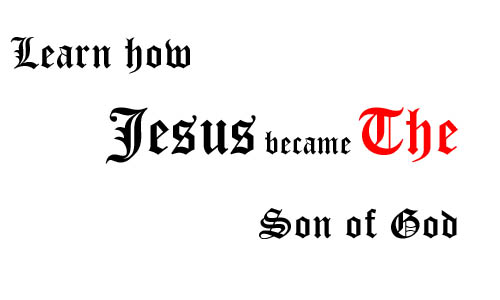
The Lost 18 Years of Jesus' Life Revealed
FINDING
THE MANUSCRIPTS
Through the conversations he had with the monks he met, the author colorfully describes his travels through Tibet and reveals the history of the religion, sects, different dialects, etc. Finally, he is in Himis and inside a gonpa where he has a conversation with the chief lama.
"In a recent visit to one of your gonpas, a lama spoke to me of a prophet, or, as you perhaps call him, a Buddha of the name Issa," Nicolas said. "Can you tell me anything of him?"
"The name of Issa is greatly respected among the Buddhists," the lama replied. "...little is known of him save by the chief lamas who have read the parchments relating to his life...In conformity with an established custom, no pupil or lama who visits Lassa fails to present one or several copies of these to the convent to which he belongs; our gonpa, being among the fortunate ones, already possess a large number of manuscripts, which I read in my leisure hours. Among these copies I have found descriptions of the life and deeds of Issa, who preached in India and among the sons of Israel, and who was afterward put to death by pagans whose descendents adopted the doctrine he taught, the doctrine in which you believe.
"The Great Buddha, soul of the universe, is the incarnation of Brahma..." The lama continued. "Three thousand years ago, the Great Buddha incarnated himself in the person of the celebrated prince, Cakya-Mouni...Two thousand five hundred years ago the great soul of the world incarnated himself once more in Gautama, building the foundations of a new world in Burma, Siam, and different islands..."
This doctrine penetrated China under the Ming-Ti, of the Honi dynasty, simultaneously it had begun to spread among the Israelites.
"And about two thousand years ago the perfect Being arousing again from his inaction for a period, incarnated himself into the newborn child of a poor family; he willed that infant lips, by employing popular images, might enlighten unfortunate humanity on the life beyond the grave, and, by his own example, bring back men to the true way and into the path that might best lead them to original moral purity.
"When the sacred child had attained a certain age, he was taken to India, where, until he attained manhood, he studied the laws of the Great Buddha..."

"In what tongue are written the principle rolls relative to the life of Issa?" Nicolas asked.
The lama answered, "The rolls which treat of the life of Issa, and which were brought from India to Nepal, and from Nepal to Tibet, are written in the Pali tongue, and are now at Lassa, but we possess one copy in our own tongue; that is in the Tibetan language."
"Would you be committing a sin if you were to read these copies to a stranger?" Nicolas queried.
"What belongs to God, belongs also to men," the lama replied. "It is our duty to cheerfully assist in the propagation of his doctrine; but I do not know where these papers are to be found. Should you ever again visit our gonpa, however, I will show them to you with pleasure."
Then their
discussion was interrupted by two monks and the lama had to
leave. Nicolas returned to Leh the next day wondering how he
could visit the convent again. Two days later, he sent the lama
an alarm clock, a watch, and a thermometer as gifts to the chief
lama, with a note that he would like to return to the convent
and he hoped he would not refuse his request to see the book
which had formed the subject of their conversation.
His intention was to set off to Kashmir and return to Himis sometime later, but fate had other plans. Enroute along the mountain, his horse stumbled and he was thrown to the ground, breaking his leg above the knee. He had no choice but to return to Himis, which was a half-day's travel away.
When the monks heard of his accident, they immediately rushed to receive him and put him in their best chamber. All this was done under the direct supervision of their chief.
While a young man kept the prayer-wheel in motion by his bedside, the director of the gonpa entertained him with interesting accounts of their belief and their country, etc., frequently pulling out the gifts Nicolas had given him, interrupting his discourse to question Nicolas about their use, etc.
Source:
"The Unknown Life of Jesus Christ" by Nicolas Notovitch
END OF INTRODUCTION
The purpose of this (brief) introduction was to explain how this very important and intriquing story came into being so that when you read the exerpts you will (hopefully) see their worthiness.
If you are still with me, excerpts from the manuscript are next!